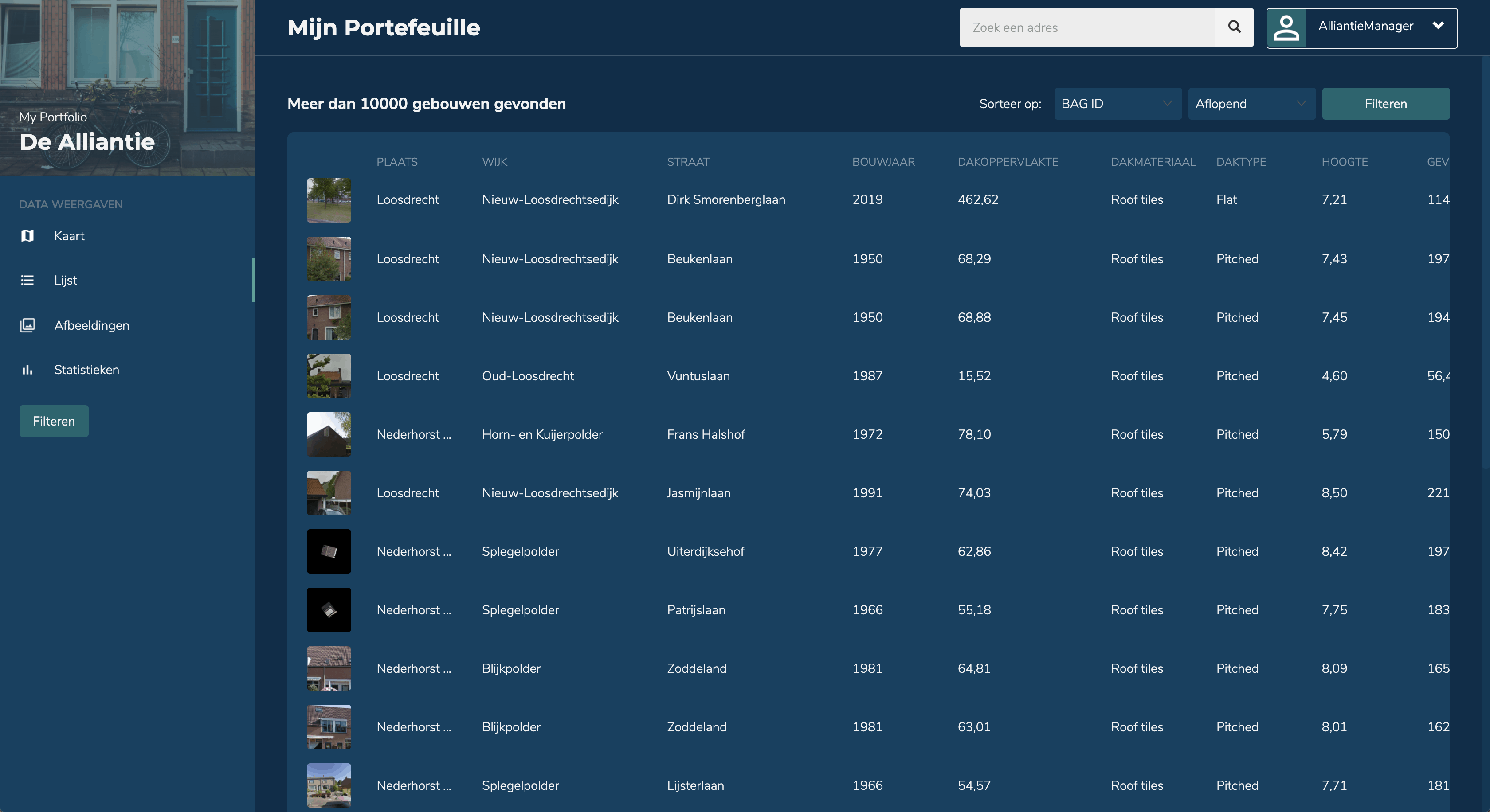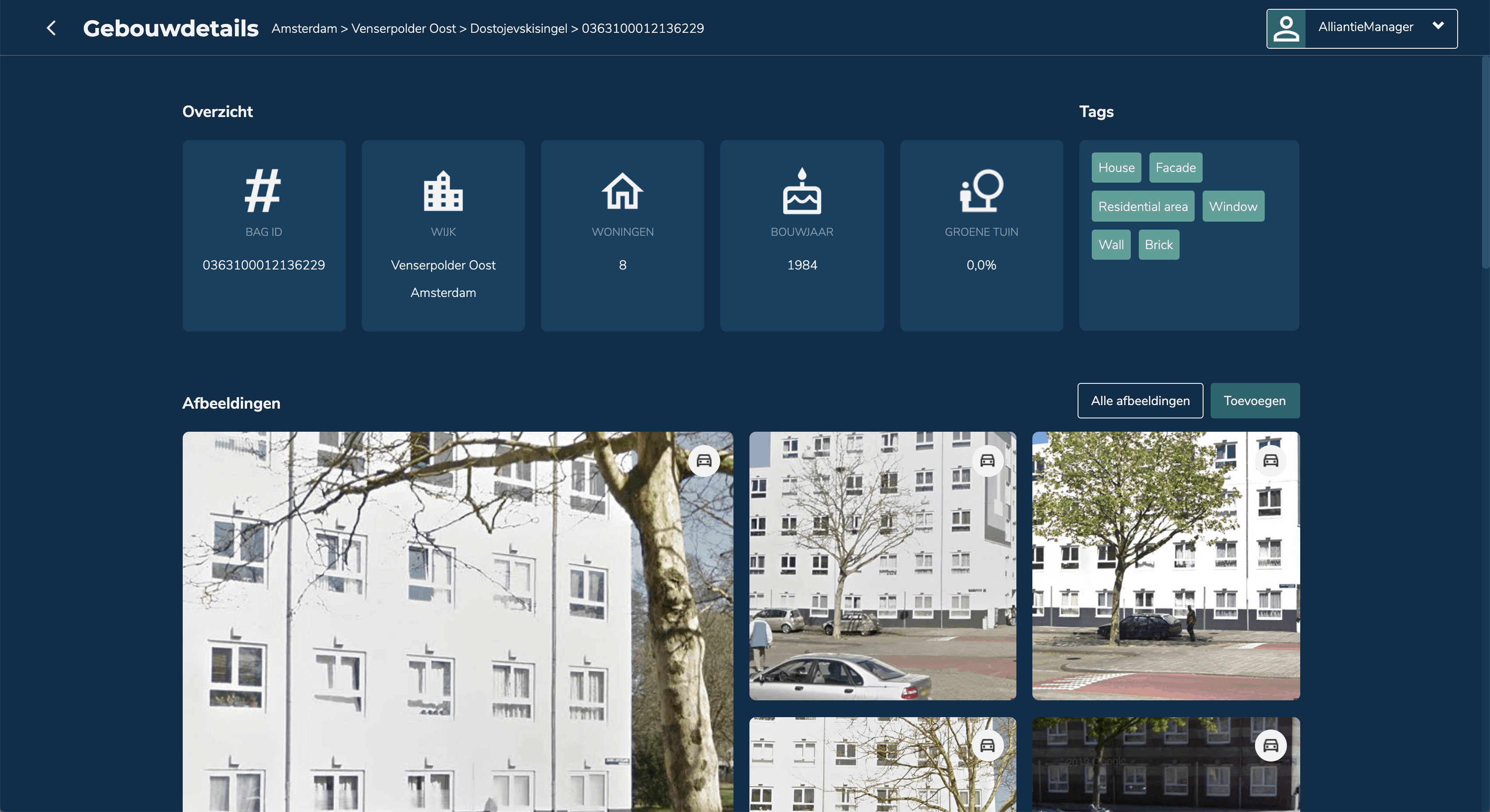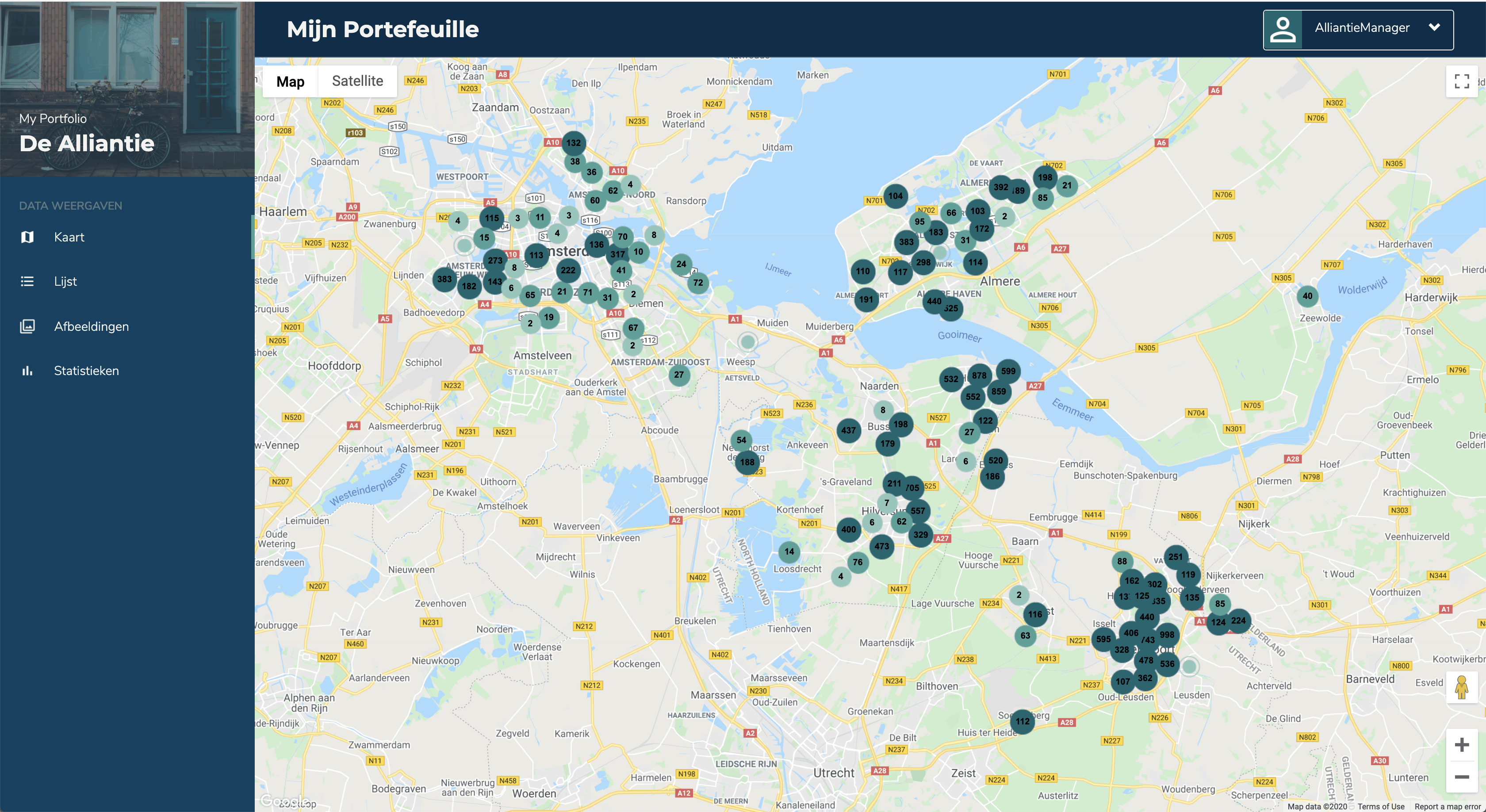Octo Delivers Smart Building Insights with Low-Code and AI
Managing a portfolio of hundreds or even thousands of buildings requires careful and strategic planning. Seemingly simple problems become exponentially challenging, despite their trivial nature.
Analyzing data such as window count or façade cleanliness for maintenance purposes quickly becomes overwhelming and is near impossible to complete manually.
Octo, a Netherlands-based ‘smart building’ solutions provider, was founded by Dirk Huibers (CEO), Marieke Dijksma (CTO), and Tara Campagne (COO) to solve this data analysis dilemma.
The Octo solution, originally built on Mendix and extended with AWS services, provides valuable insights to their customers by scraping the internet for publicly available information and images on client-owned properties, which can be quite complex.
As a result, Huibers explains that Octo “[uses] whatever tool is best,” only adopting technology that will solve their problems simply but precisely.
When Octo was founded, the team started with a complex, but simpler solution – IoT monitoring of office space, providing environmental and use-of-space insights. This solution proved lucrative for Octo customers, revealing a myriad of unused square meters across real estate portfolios, saving customers as much as 10% in rental costs.
With a successful proposition in property management in-hand, the Octo team moved on to develop a new proposition concerning maintenance, constantly working alongside their customers to prioritize and validate features for their enhanced platform.
From Conditional Statements to Low Code and Machine Learning
Huibers, Dijksma, and Campagne started as consultants, working in Excel and BigSheets to analyze client portfolio data.
Despite the programs’ accessibility, Huibers explains that they quickly ran into issues. The conditional statements necessary to provide their clients with actionable data were creating bottlenecks in their consulting work.
Their building sciences degrees gave them expertise in the field. Despite their education, they were ill-equipped to develop the software needed to effectively deliver insights to their customers. They found themselves pushing spreadsheets to their limits.
Luckily, a friend of Huibers’, who has familiarity in low code, stepped in to help and offered to digitize their data entry. As curious people, the founders of Octo decided to learn the tool themselves and realized the potential of productizing the work they did as consultants.
Even though they lacked traditional development experience, they learned the basics of programming and turned to the Mendix development platform to evolve their solution offering and transform their vision into a full-fledged business.
Huibers and Dijksma also recognized the power that image recognition technology and machine learning could provide their clients with large portfolios. They knew that artificial intelligence would significantly improve their ability to identify much of the criteria required for the filtering and querying options their clients would need, such as roof type, window count, or the count of addresses listed for a particular building.

They set out to build a solution that combines these cutting-edge technologies into a platform that gives their customers the opportunity to utilize technology to streamline their building maintenance strategy. Flash forward two years, and Octo was born.
Smart Buildings Need a Smart Technology Stack
With some clients managing thousands of buildings, the dataset analyzed by their solution is massive. Octo has been able to translate their structured data into more digestible information by leveraging Matillion to generate necessary SQL queries. This more consumable, easy-to-understand data enables their clients to take action.

They organize this data into 4 categories:
- Contextual (whether or not a garden is present at a particular property)
- Geometric (the height of the building)
- Materialized (the type of material the roof is made of)
- Qualitative (presence of dirt or graffiti on the façade)
Without the help of AI, this process would take an immeasurable amount of time. Octo would need to regularly deploy their employees to every customer-owned building to manually perform checks on these parameters. Due to the difficulty of this manual process, they leverage image recognition technology and machine learning to accomplish the task of analyzing and categorizing this data.
This practical information around building maintenance across an entire portfolio is important for delivering value to their clients.
To make their image recognition offering feasible, they leverage open source libraries, such as PyTorch and TensorFlow, to identify and organize the categorized information about their clients’ buildings, such as window count or the type of roof a particular building has.
Sagemaker annotates a specific set of images to be used as a training guide for the image recognition models. This process goes through multiple iterations, leading to a final model that is now trained to annotate newly added images. They are then stored in S3 buckets and fed directly into their Redshift database.
The data has been captured, stored, and is ready for analysis. The Octo solution then delivers valuable insights based on this vast trove of data, including hundreds of data points across thousands of properties. Mendix has enabled Octo to develop a front-end that provides consumable and actionable data to their customer base.
When integrating a map view for their clients’ buildings, the Octo team tested two different user interfaces for geolocation data:
- Kepler, a business intelligence (BI) platform for geospatial analysis
- Google Maps API
Huibers and Dijksma found that despite Kepler’s advanced location information, the Google Maps API was preferred by their customers.

Because of the simplicity of connecting external applications and services to apps built on the Mendix platform, Huibers and Dijksma took just three days to update their solution offering to include this functionality, as opposed to the roughly two months of traditional development time.
Solving for Information Overload
Octo’s customer portal, developed in Mendix, is critical to the success of their business.
Because of the collaboration capabilities of the platform, the Octo team can work directly with their customers on their solution. The founding team have not strayed far from their consulting roots.
Their design team uses Mendix in conjunction with clients to develop their front-end and define queries that enable them to cater to their clients’ needs. By querying characteristics of owned buildings, their customers can filter on specific attributes across their entire portfolio.
This functionality is greatly improved by the collaboration process the Octo team has with its customers and gives peace of mind to Huibers and Dijksma that the queries they are developing will provide value to their customers.
By further deepening their customer relationships, Octo can provide best-fit solutions.
The Octo team has successfully built a platform by leveraging their expertise in the field, unencumbered by a lack of technical skill, and according to Dijksma, “that’s the real advantage of low code.”